How many different ways can you put two pieces of wood together? Turns out, quite a few!
Wood joinery is a lot more complex than driving a few nails or screws through two pieces. Sometimes the variations among wood joints are significant. Sometimes more subtle. But each has its own strengths, weaknesses, and best applications.
Let’s get to know 18 types of woodworking joints in this overview.
1. Basic Butt Joint
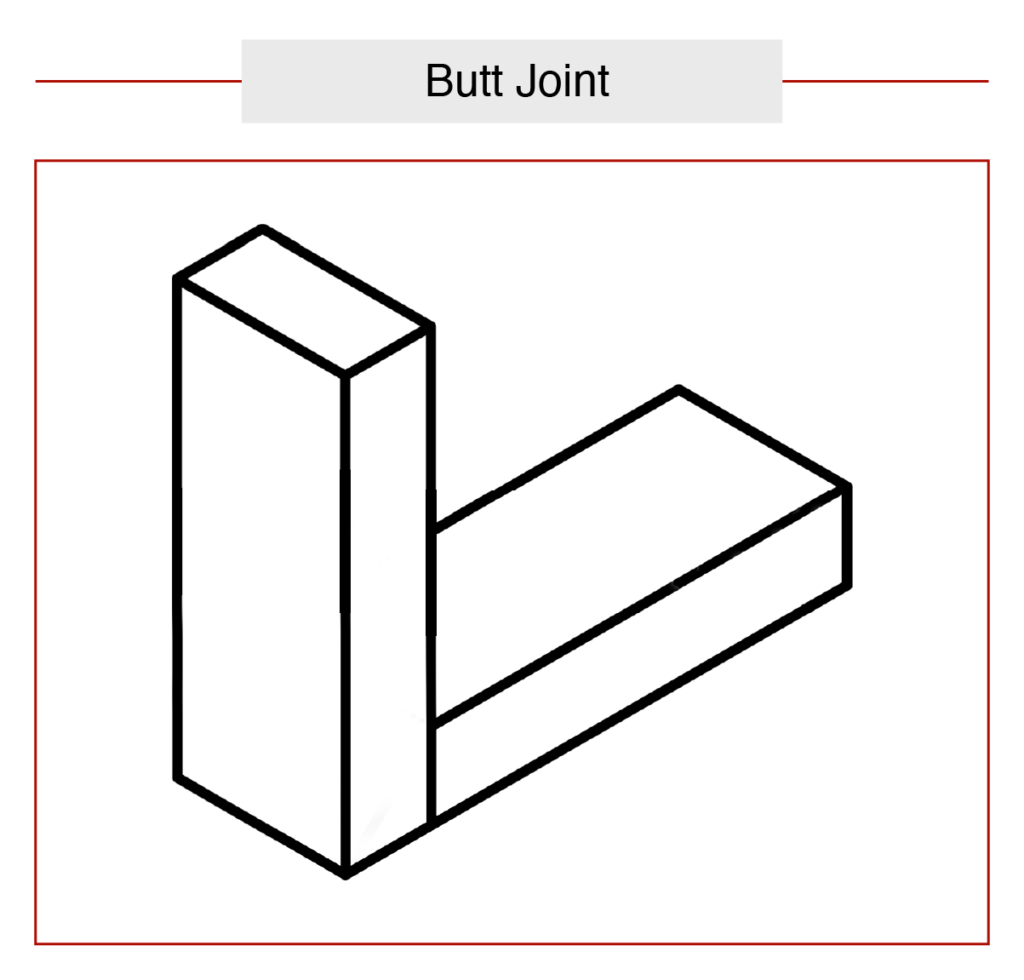
Uses: Picture frames, basic boxes
This one’s as basic as it gets: two flat-ended pieces, butted up against each other at their ends to form a right angle.
The only thing making the connection is screws, nails, and/or glue. So it’s pretty much the weakest joint you can create. The main challenge is making sure the ends are flat so that the joint can be flush.
2. Mitered Butt Joint
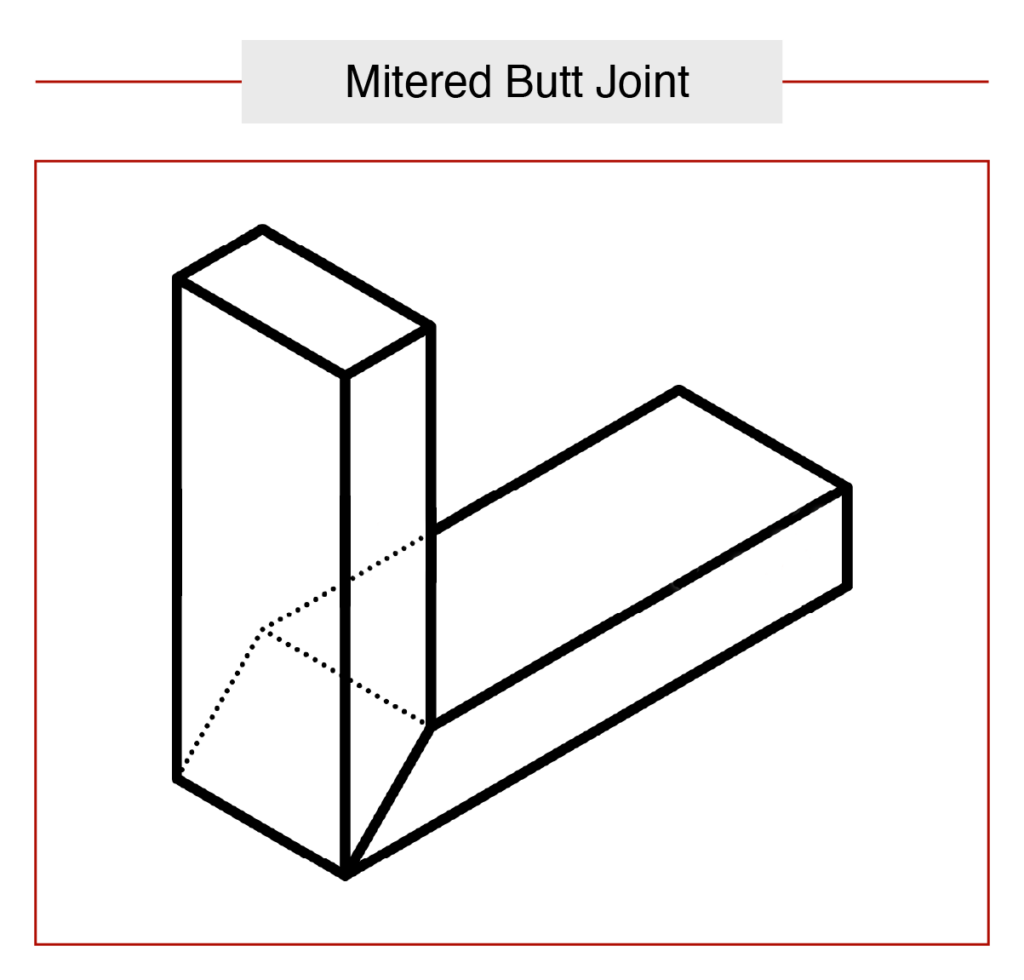
Uses: More aesthetically pleasing corners for trim and boxes
The mitered butt joint is like a butt joint, but you miter the ends of the two pieces at opposing 45-degree angles. So they fit neatly together at the corner, hiding the ends.
It’s not any stronger than the standard butt joint. It just looks nicer. Getting the two angles precise enough to fit together is the key.
3. Through Dovetail
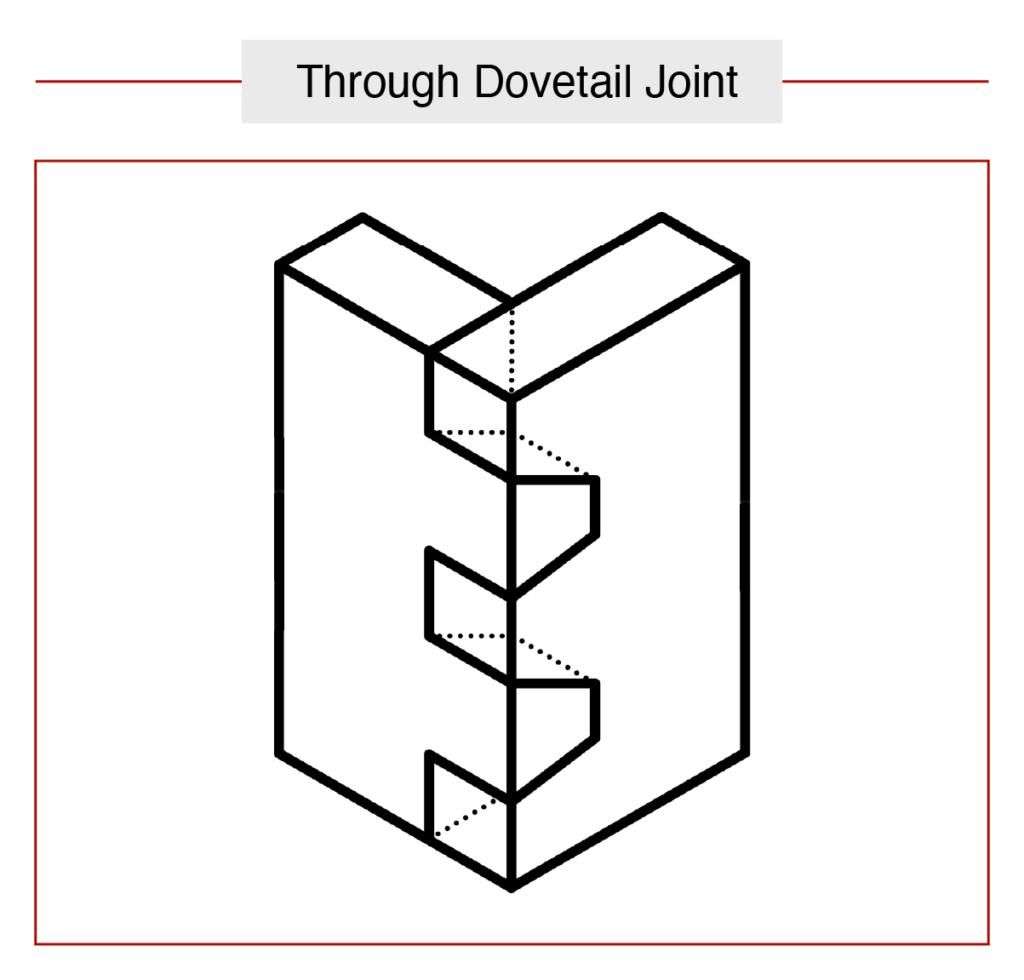
Uses: Boxes and drawers
Add strength and decoration to a joint with interlocking dovetails. The wedge-shaped pins on one end interlock with the tails on the other.
Use a specialized dovetail saw and chisels to create these features. The work requires some patience, but the quality is worth it.
4. Half-Blind Dovetail
Uses: Furniture drawers
Half-blind dovetail drawers are a feature that often separates well-built furniture from the rest. They’re just as strong as through dovetails. But they’re visible from only one side—a sort-of secret mark of quality.
The tail sockets are only part-way through the front end. This technique is common when connecting drawer front and side pieces.
5. Secret Dovetail (a.k.a. Mitered Blind Dovetail)
Uses: Fine cabinetry
Similar to half-blind dovetails, the secret dovetail uses a mitered connection to completely hide the dovetail pins and tails.
The result is a super strong and seamless joint. But as you might guess, it involves a fair amount of care to create.
6. Sliding Dovetail
Uses: Cabinet shelves and drawer slides.
This one is more like some of the joints that follow than our other dovetail joints. It provides a strong, interlocking connection at a right angle.
It features a single dovetail groove down the middle of one piece. The end of the other has a corresponding tenon that slides down the groove into place.
7. Dado Joint
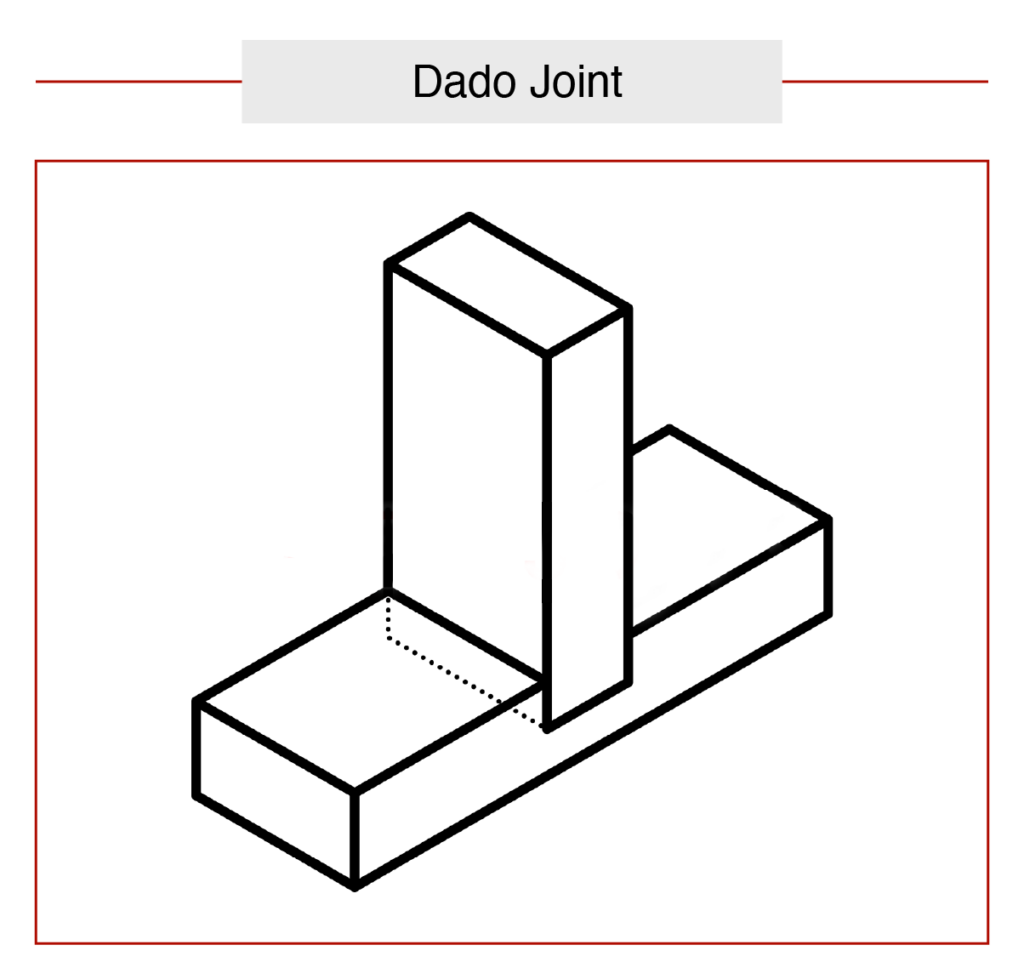
Uses: Bookcase shelves or dividers
A popular joint with an intriguing name, dado is a simpler version of the sliding dovetail.
It’s a three-sided, rectangular slot cut into the side of one piece (perpendicular to the grain). The end of the other piece slides into the slot.
8. Rabbet Joint
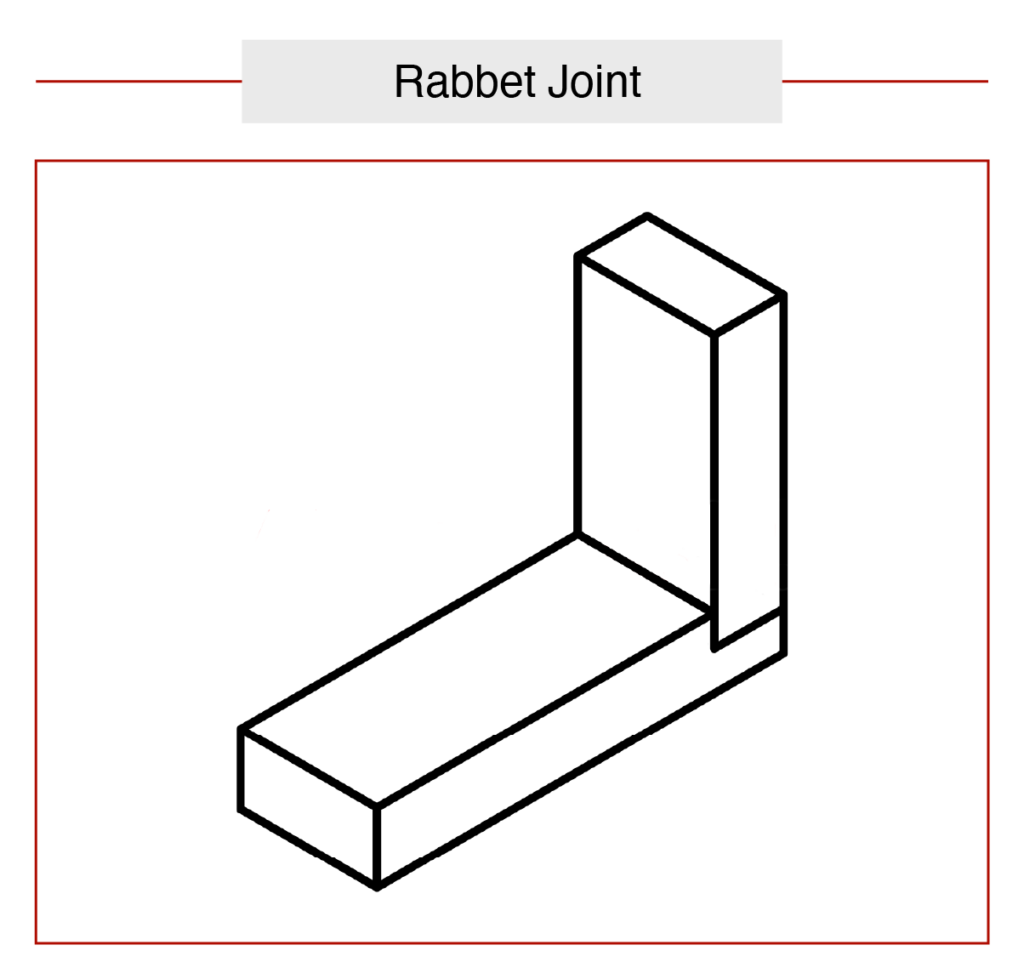
Uses: Cabinet backs and drawer bottoms
A rabbet joint is like a dado, but you cut the opening at the end of the piece of wood. The opening is two sided (vs. a three-sided channel). The other piece sits in that opening.
The result is a simple, strong, flush connection.
9. Edge Joint
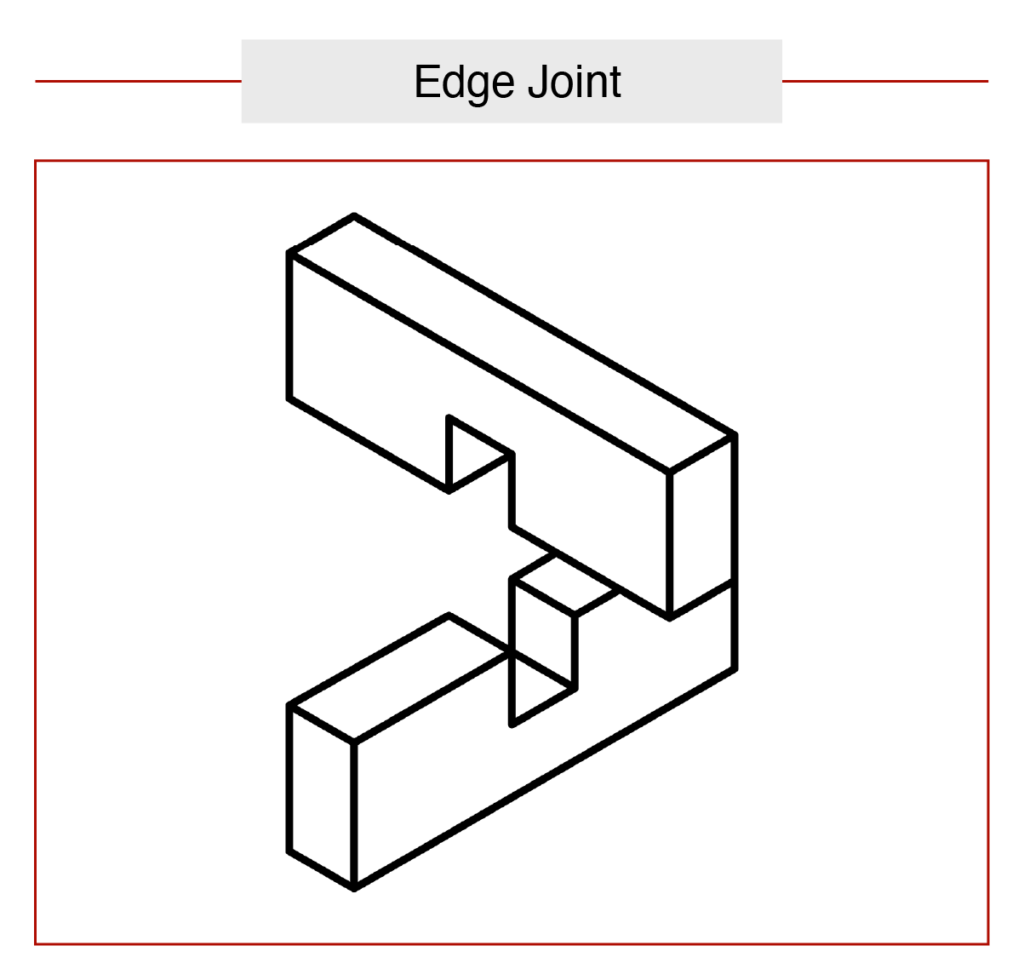
Uses: Tabletops and panels
As the name implies, you join two boards along their edges to create a wider panel.
Often, you strengthen the connection with interlocking protrusions on the joined edges. This preparation gives you more surface area to glue. It also helps align the two surfaces.
10. Tongue and Groove
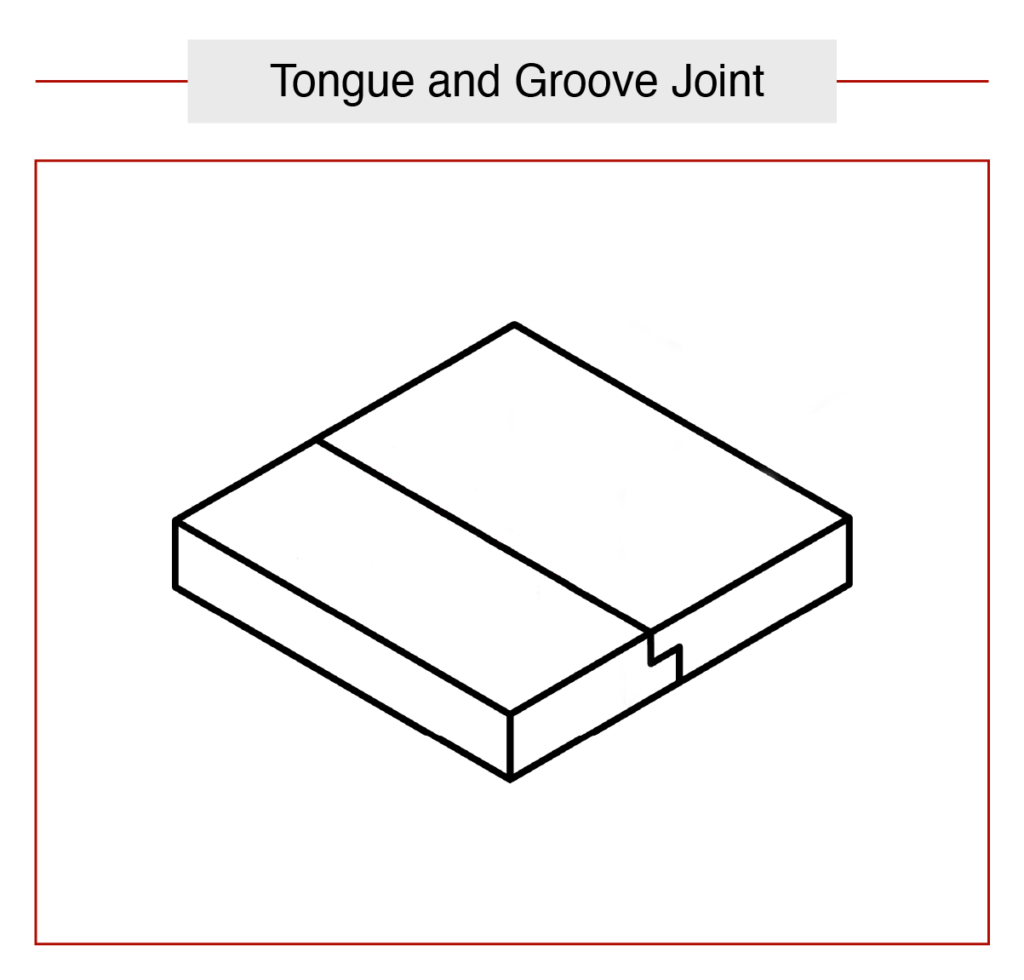
Uses: Flooring, paneling, tabletops
Tongue and groove is a specific type of edge joint that creates a strong interlocking connection. Compared to a butt joint, there’s more surface area for glue, too.
The tongue/protrusion on one edge fits snugly into the groove cut along the other piece. You usually create these in a series. So most pieces would have a tongue along one edge and a slot along the other.
11. Box Joint (a.k.a. Finger or Comb Joint)
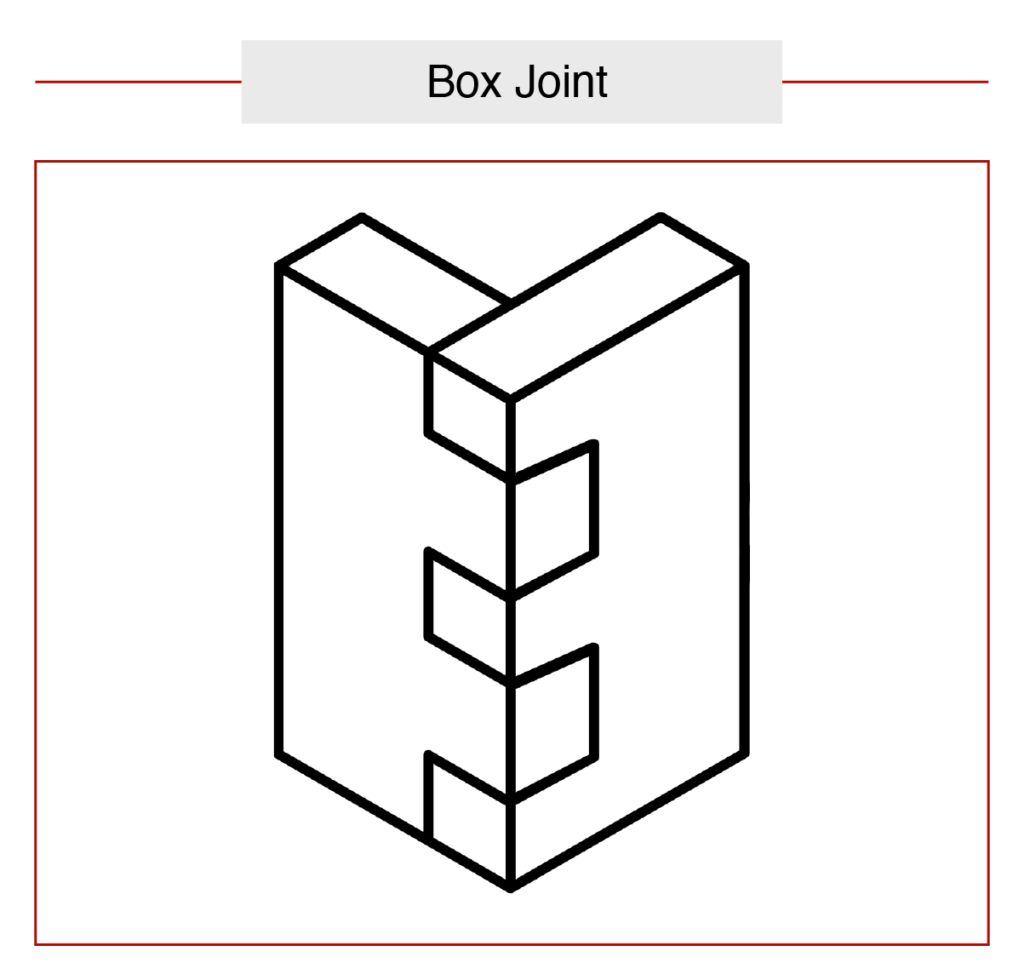
Uses: Boxes!
The common box joint is a straightforward, strong way to put together sides of a box, drawer or cabinet.
Two pieces fit together securely with multiple interlocking fingers (hence the nickname) on their ends of the two pieces. The result looks a bit like the tines of a comb (hence the other nickname).
12. Half-Lap Joint (Halving Joint)
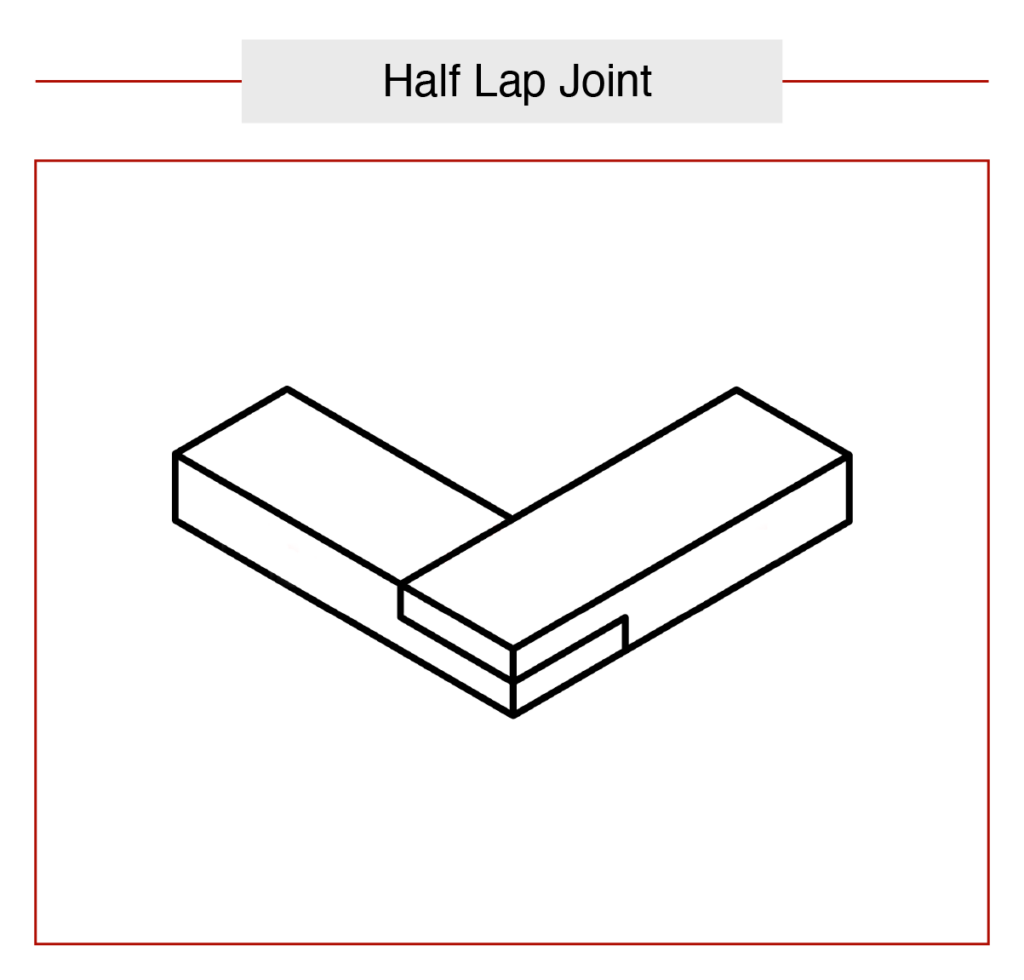
Uses: Frames
A half-lap joint is a bit stronger than a butt joint. And it’s only slightly more complex.
A lap joint is anywhere two pieces of wood overlap. In a half-lap, you remove half the material from each piece with a chisel, saw, or router.
As a result, you have a flush surface. It has some weakness due to the removed material. But it’s stronger than a basic lap joint, where two overlapped pieces are simply secured with screws, nails, and/or glue.
13. Mortise and Tenon Joint
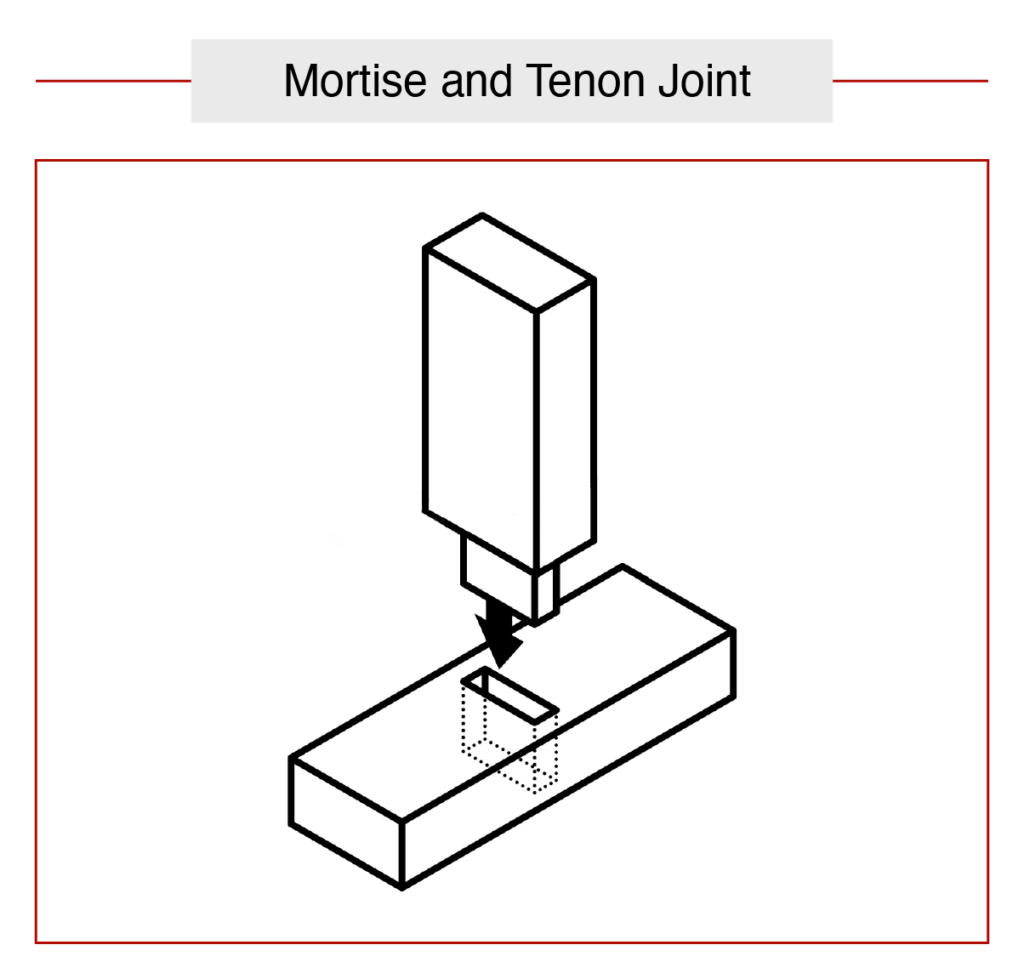
Uses: Furniture (especially beds) and framing
This traditional joint offers exceptional strength with a simple premise: a protrusion (tenon) at the end of one wood piece fits snugly into a hole (mortise) in the side of another piece.
Stable and elegant, mortise and tenon is a technique that’s been used for many centuries, with good reason.
14. Bridle Joint
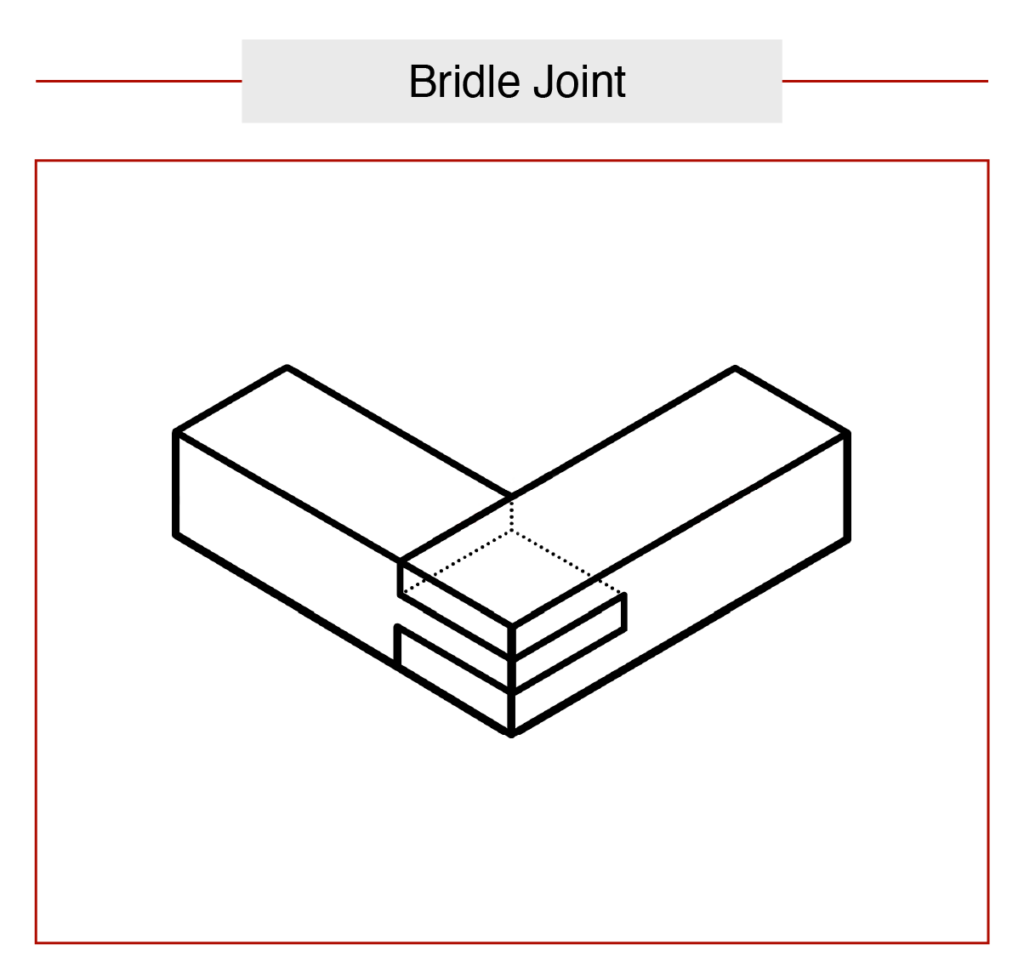
Uses: Chairs and tables
A bridle joint provides a strong connection between two pieces of wood at a right angle.
Cut an open notch at the end of one piece of wood, and a corresponding protrusion on the other. So they fit together securely.
It’s basically a simpler version of a mortise and tenon joint, with the end of the mortise fully open.
15. Pocket-Hole Joint
Uses: Cabinet faces
This simple joint isn’t very strong. But done right, it has a nice low profile.
And doing a pocket-hole joint right takes precision. You need to connect two pieces of wood by cutting a slot at angle, plus drill a pilot hole for a screw.
It can be tricky to line things up right and get clean holes in both pieces. That’s where a pocket-hole jig (#1 of our list of 13 best woodworking tools) and a Forstner bit come in handy.
16. Tambour
Uses: Roll-top desk and cabinet doors
This one’s specialized and a bit tricky.
Traditionally, you would join the slats with fabric or leather. This approach creates flexible movement and a seamless appearance. But today, you can find purpose-built router bits to create the flexibly interlocking tongues and grooves along the edges.
17. Dowel Joint
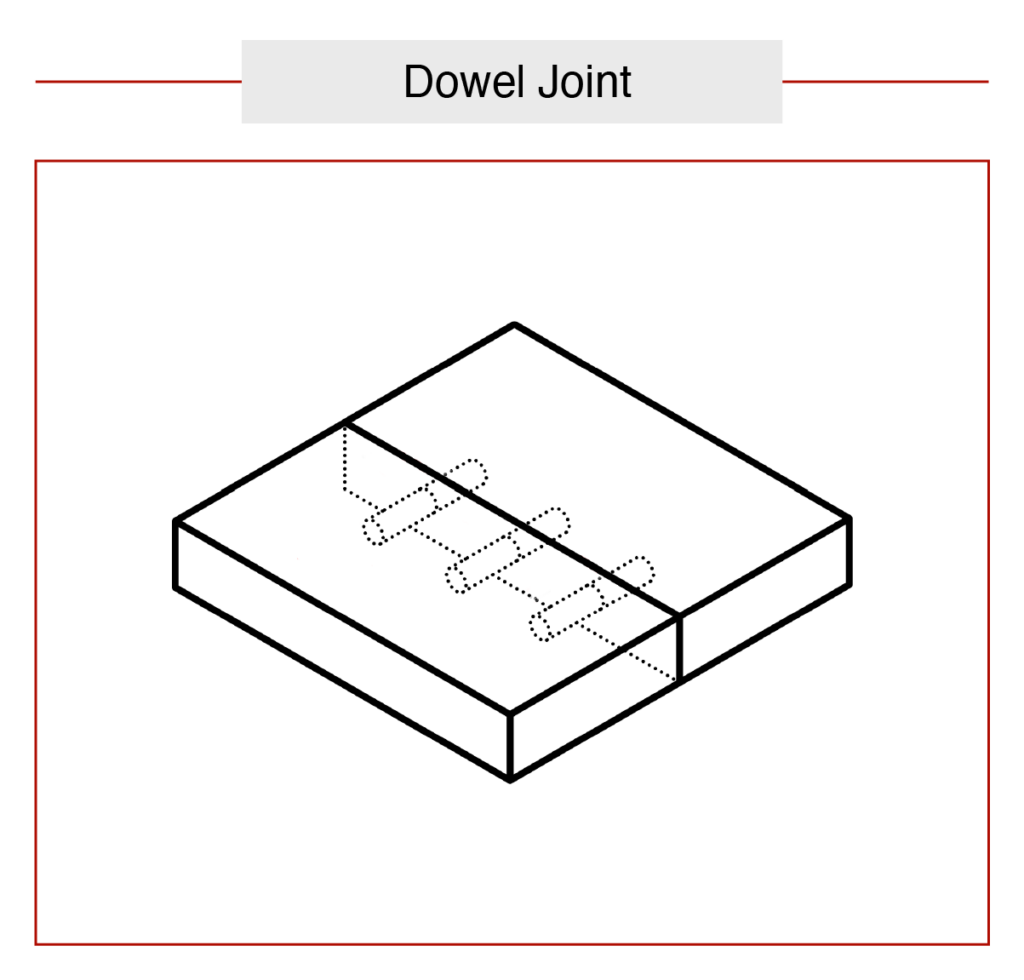
Uses: Furniture and cabinets
We’ll finish off our list with two similarly strong joints.
Using dowels helps align and reinforce the basic butt joint. Drill holes in two pieces of wood. Insert and glue in dowels to join them together. The key is a good tight fit for the dowels.
18. Biscuit Joint
Uses: Tabletops and cabinets
Our last, and tastiest-sounding, joint is popular for aligning and reinforcing edge and butt joints.
The premise is similar to a dowel joint. But instead of dowels, you use biscuit-shaped discs of wood (usually beechwood). Cut crescent slots in one piece, dip the biscuits in glue and insert.
Joining Your Skills with New Challenges
The more you get into woodworking, the more you’ll use all these different types of wood joints. Especially if you take on some of our intermediate or advanced woodworking projects.
And as your skills advanwce, you may want to invest in more powerful woodworking tools. Just don’t forget to power this equipment properly.
Discover how American Rotary phase converters for woodworking can keep your whole shop running. So you can master the complex art of wood joinery and more!



